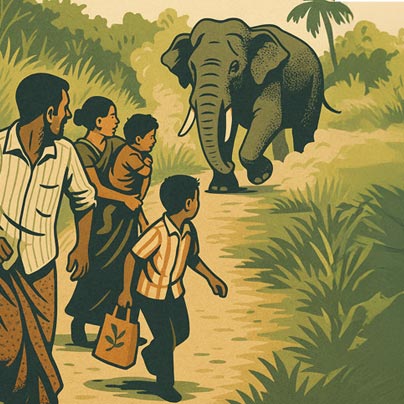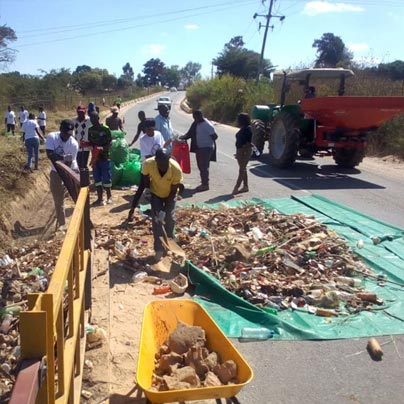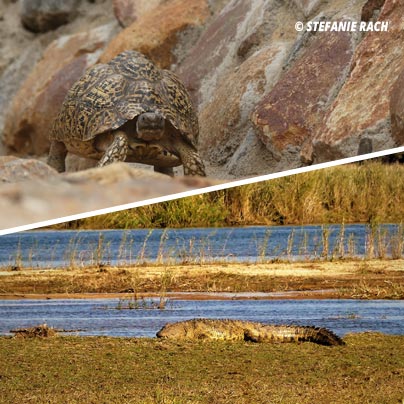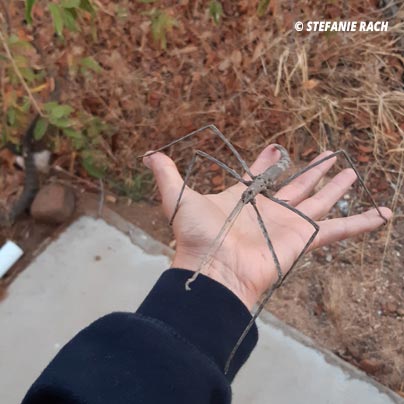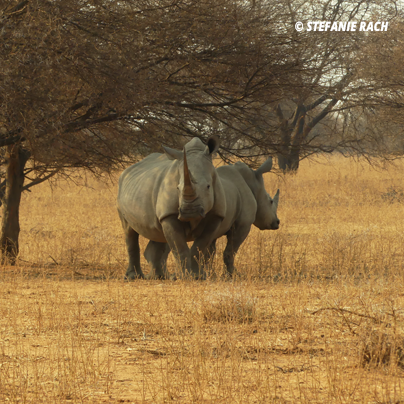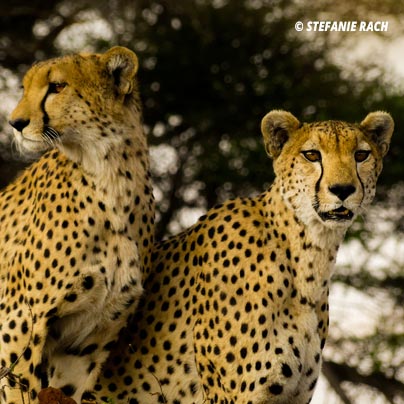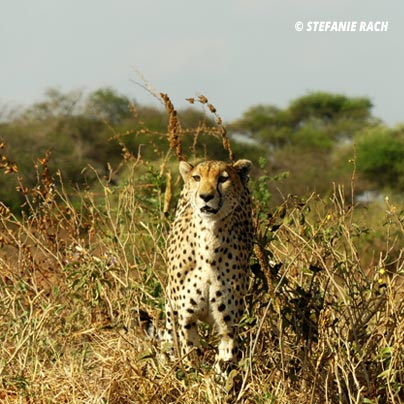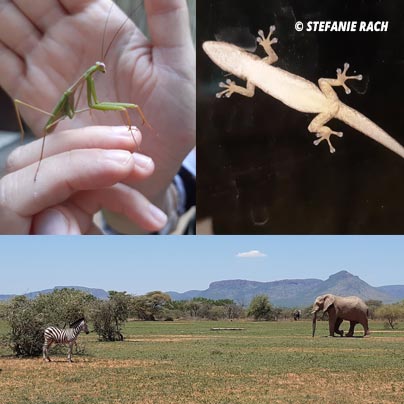Mambas in the Park: Connecting Africa’s Future Leaders with the Wild
The “Mambas in the Park” program is expanding! With more trips, new wildlife modules, and workshops in Hluvukani, we’re deepening our impact. Each session now ends with a rescued dog workshop, teaching compassion and conservation to Africa’s future leaders.
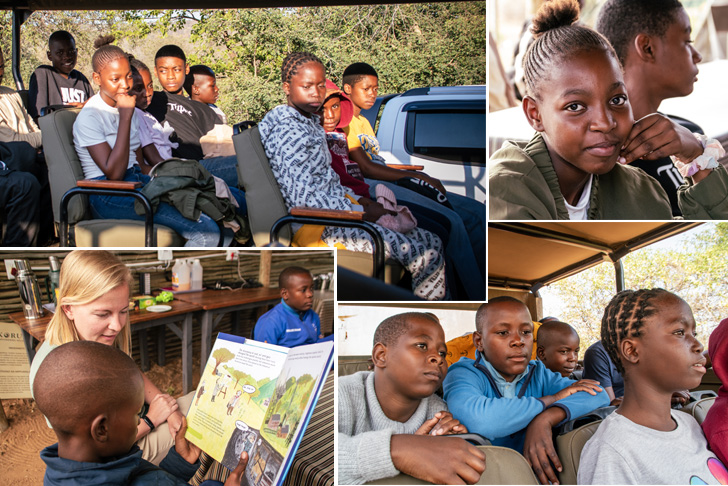
Lime Tree Project Update: Progress and Partnerships
An update on the ongoing Lime Tree Bio-Fencing pilot project aimed at reducing human-elephant conflict in Sri Lanka. Learn how this nature-based solution is progressing, its early impacts on communities, and the role of local collaboration in protecting both people and elephants.
Evaluating the Effectiveness of Lime Tree Bio Fencing: A Pilot Project to Mitigate Human-Elephant Conflict in Sri Lanka
With over 3,500 elephant deaths in a decade, Sri Lanka faces a growing human-elephant conflict. A new pilot by the Elephant Human Coexistence Foundation and partners is testing Lime Tree Bio Fences as a sustainable, nature-based solution.
Plastic Pollution: The Clean-Up
When you think of Africa, the images that come to mind could hardly be more different: the giant dunes of the deserts, the dense green of the rainforest, the vast plains of the savannah. Magnificent ecosystems, protected in extensive national parks and reserves. But also: poverty in many communities, thronging people in the overcrowded big cities, inadequately equipped schools (or the lack of them) and litter by the side of the road everywhere. All these very different images of Africa are interconnected and interdependent.
Reducing waste, for example, would improve the quality of life in communities and keep national parks clean. And that is exactly why GMFER, Mizu Eco-Care and Eco-Rising Zambia launched the BEAT(ing) PLASTIC POLLUTION project on 5 June, International Environment Day.
And What Sex Will Your Baby Be?
In mammals and birds, the sex of the offspring is determined genetically: If the male mammal passes on its X chromosome, the offspring will be female; if it passes on its Y chromosome, the offspring will be male. In birds, the female passes on either her W chromosome (female offspring) or her Z chromosome (male offspring). However, in many reptile species, it is not genes that play a role in sex determination, but actually the weather – and thus meanwhile also climate change.
Plant Ghosts
As usual, I woke up early in the morning to the pink-golden light of sunrise shining through the mosquito screen of the door. I went outside and there I met – a stick insect. In South Africa there are different kinds of stick insects. The one sitting in the sink outside my chalet was about 15 cm long. Carefully, I slid my hand under it to put it in a bush. Because at least I think stick insects feed on leaves. Do they? Actually: What do I actually know about stick insects? Not much. So I started my research…
Tracking Mother Nature: The Square-and the Hooked-Lipped
Maybe you have heard that in some African countries there are black and white rhinos. And maybe you have seen the black rhino and the white rhino on safari or in a documentary. And maybe you noticed that the black rhino is not black and the white rhino is not white, but both are grey. So where do the names come from? And what does that have to do with tracking?
The Evolution of the Fastest
Cheetahs are known as the fastest animal on land, sprinting up to 120 km per hour and accelerating to 97 km per hour in mere 3 seconds. Not even most sports cars can do that. With this amazing ability that cheetahs have developed over thousands of years, they have found their own niche, their own hunting strategy. But evolution brought cheetahs not only unique abilities, but also genetic problems that can endanger the continuation of their species.
The Hunt of the Fastest
Cheetahs are known as the fastest animal on land, sprinting up to 120 km per hour and accelerating to 97 km per hour in mere 3 seconds. Not even most sports cars can do that. Cheetahs use this incredible ability for hunting. But this does not mean that every hunt is a success. Even cheetahs have to learn how to sneak up on their prey first. And that this can be quite tricky, something I was lucky enough to observe on a safari in Tanzania.
Who would have thought that?
No one surprises us, impresses us, enchants us as much as Mother Nature does. Over the course of millions of years, since the emergence of the very first cell, Mother Nature has created the truly strangest curiosities. You can marvel at some of these in this in round 2 of our bush quiz (while testing your knowledge of the flora and fauna of the African Savannah):
If you missed it, scroll down on the blog page to find round 1 of our bush quiz “Who would have thought that?”

Stay in the know.
Be ready to act.
To keep up to date with our latest news, events, marches,
campaigns and fundraising activities.



